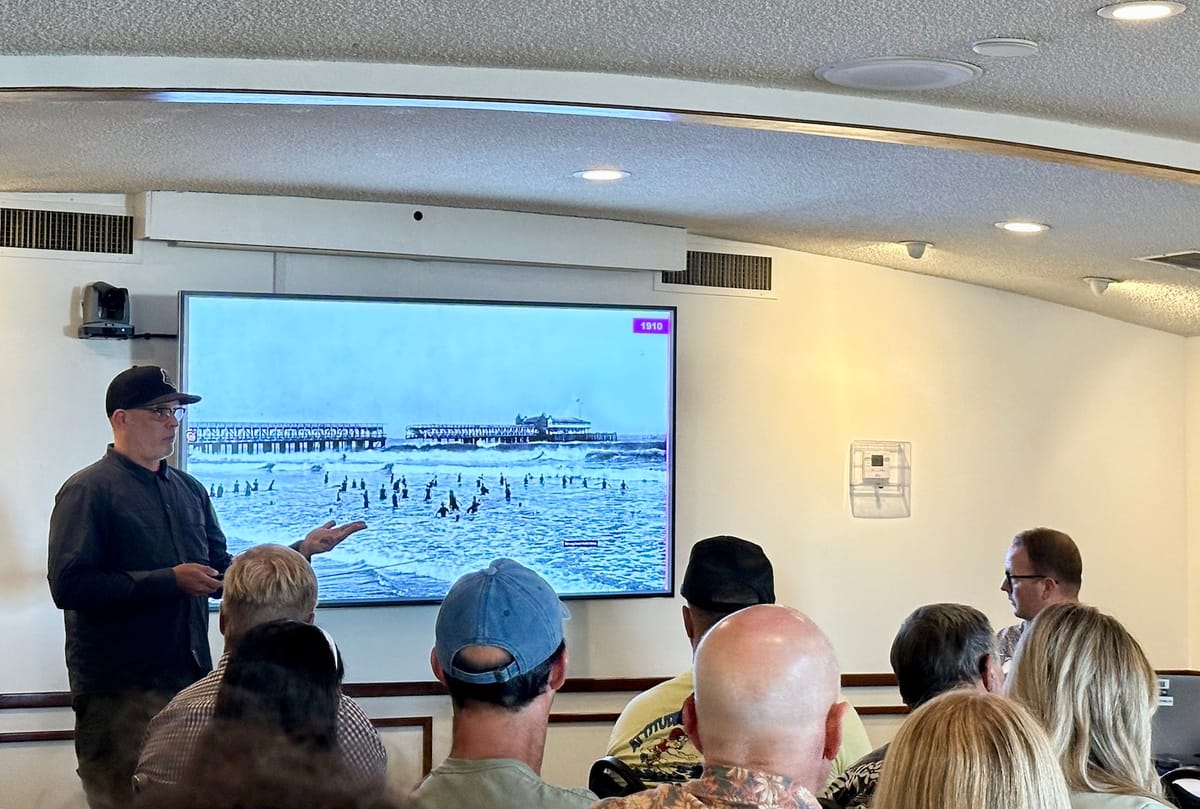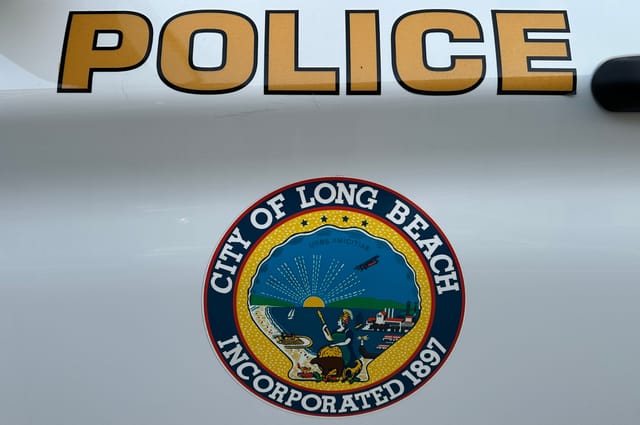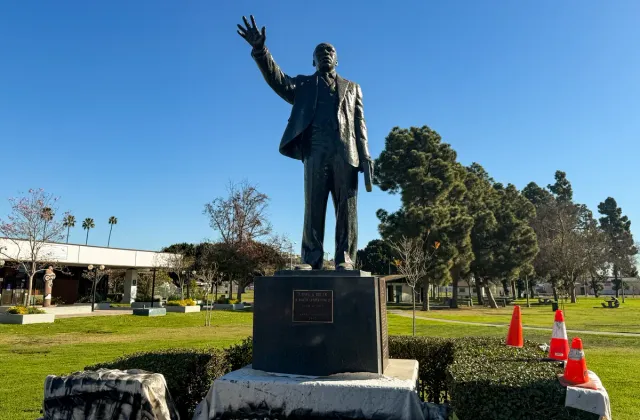Long Beach commissioners wonder how to honor city's rich surfing history
The city's Marine Advisory Commission is discussing how to memorialize the 1938 National Surfing and Paddleboard Championships held in the city that were recently recognized as a point of historical interest.

How do you memorialize a nearly 90-year-old surfing event when its Downtown Long Beach footprint has now become outlet shops and chain restaurants? That’s the question the city’s Marine Advisory Commission hopes to answer in the coming months.
Before the breakwater was completed in 1949, which ended most wave activity in Long Beach to calm the harbor for commerce at the port, the city was known as the "Waikiki of the West Coast" and regularly drew surfers and surf events to its shores.
In 1938, the National Surfing and Paddleboard Championships drew tens of thousands of people to the city’s Downtown shoreline and the site has now been recognized as a point of historical interest by the state.
Now, the Marine Advisory Commission and Sea of Clouds, the group that pushed for the historic recognition, are expected to start brainstorming how to commemorate the event.
The area where the surf championships were held was just west of the old Rainbow Pier and east of the Pike amusement zone. But after decades of sand build-up and a land reclamation project that pushed the city’s shoreline out several blocks, the site of the surf championship is now occupied by the Pike Outlet shops and restaurants at Shoreline Village.
In present-day Downtown, that’s roughly the area between Pine Avenue and Cedar Avenue south of the Ocean Center building.

Michael Blum, executive director of Sea of Clouds, a nonprofit preservation group, told commissioners Thursday that while the area no longer looks like it did in the 1930s, it’s still important to narrate the story of what happened there in 1938.
“It really was a great event, and as someone who has put on surfing events myself, it was really impressive to see 60,000 to 70,000 people come out,” Blum said.
Blum noted that the paddle board and surfing events were held nearly a month apart that year because of the “flat as a tabletop” wave conditions that were present that day. However, it didn’t change the historical importance of the event and his group will now work with the city on how to best honor it.
Blum said that could be done with signage, plaques, interpretive panels or even through mural art. But what eventually comes out of the next step in the process will depend on public input and the commission, which is forming a sub-committee to discuss how to memorialize it.
“We need that here, we need that history,” said Commissioner Bruce Mac Rae. “My grandkids won’t know about [the city’s surfing history] unless they go through my stuff.”
The commission is expected to discuss the issue in committee over the coming months and is expected to reach out to the community for ideas of what type of markers are preferred to commemorate the 1938 event.
We need your support.
Subcribe to the Watchdog today.
The Long Beach Watchdog is owned by journalists, and paid for by readers like you. If independent, local reporting like the story you just read is important to you, support our work by becoming a subscriber.





